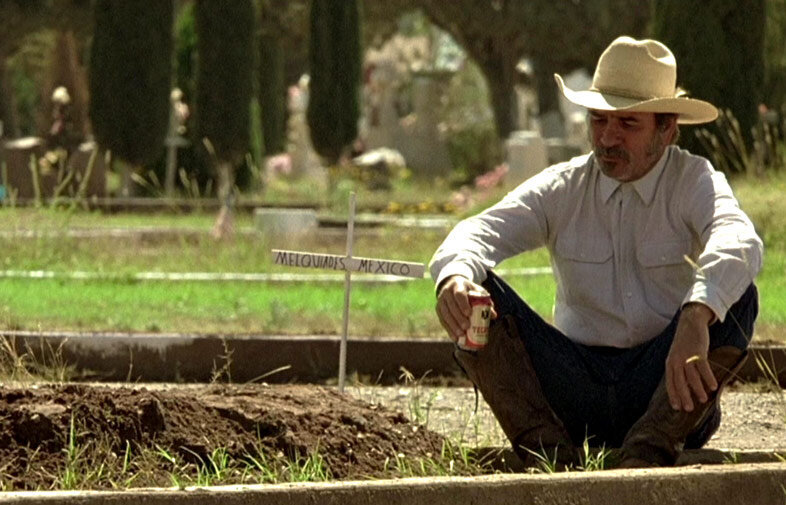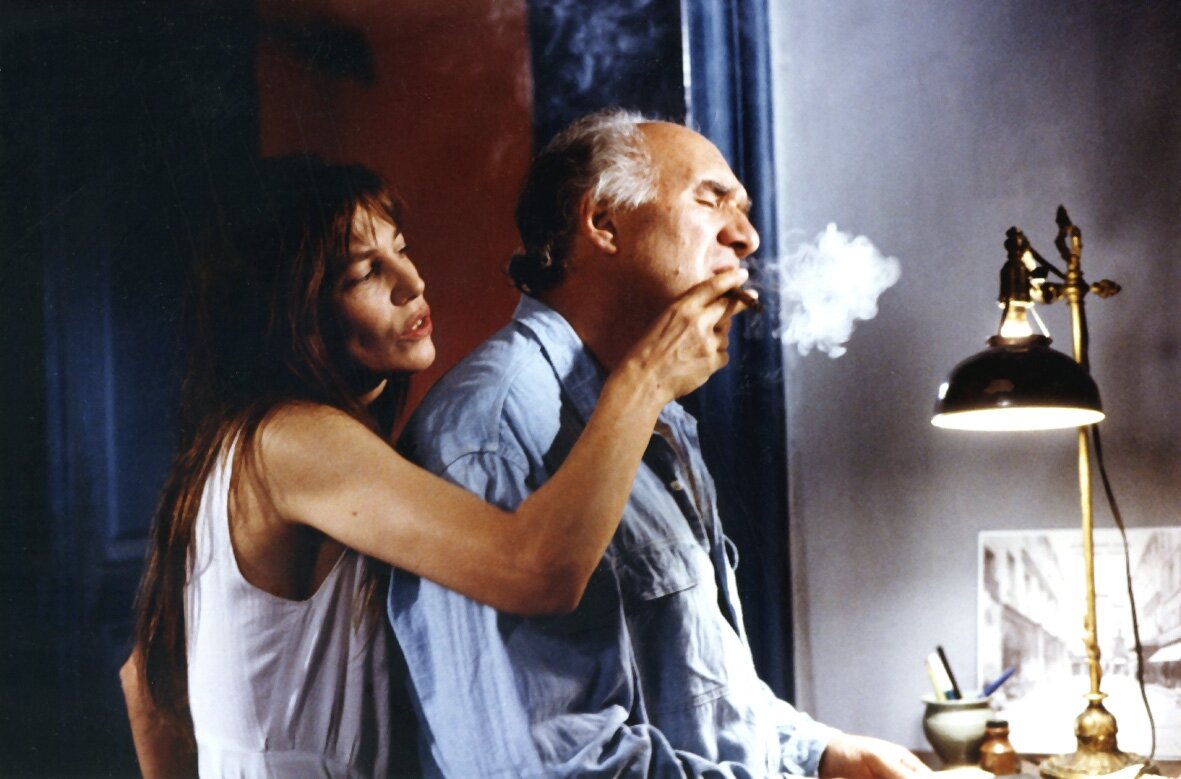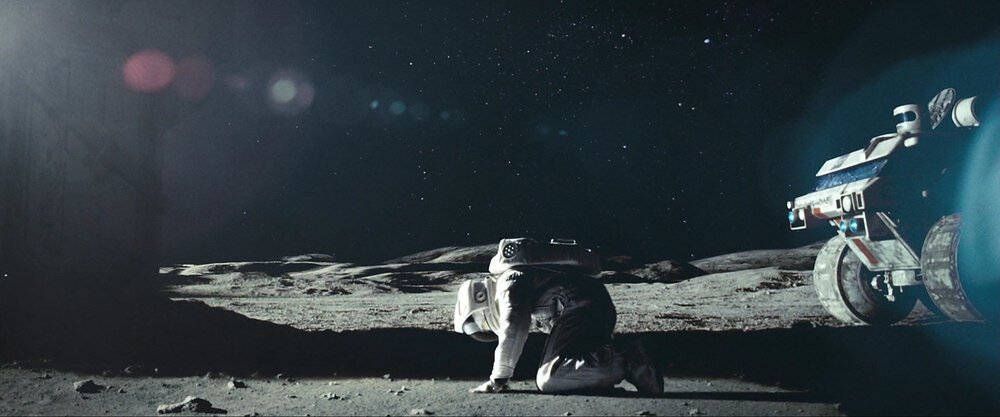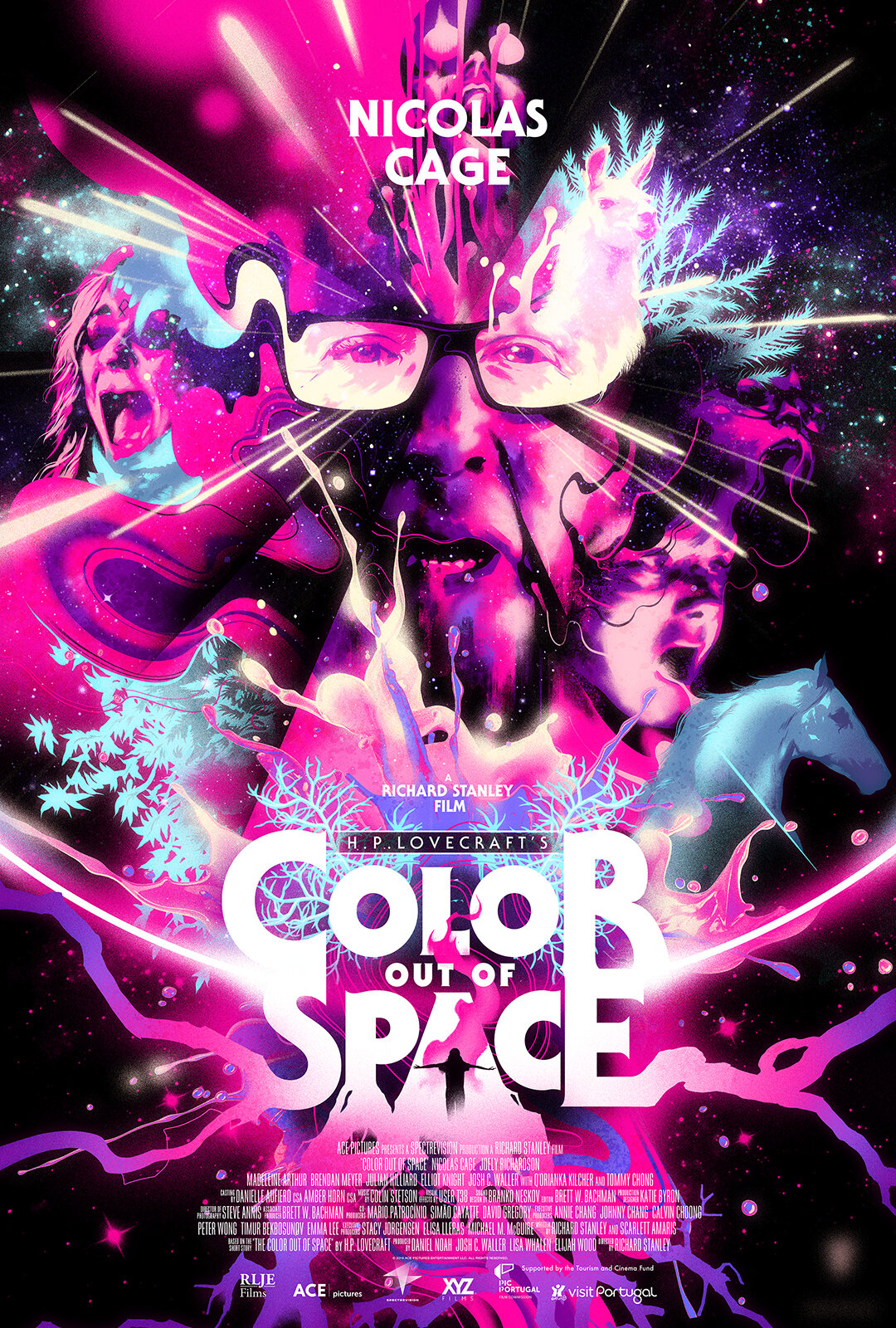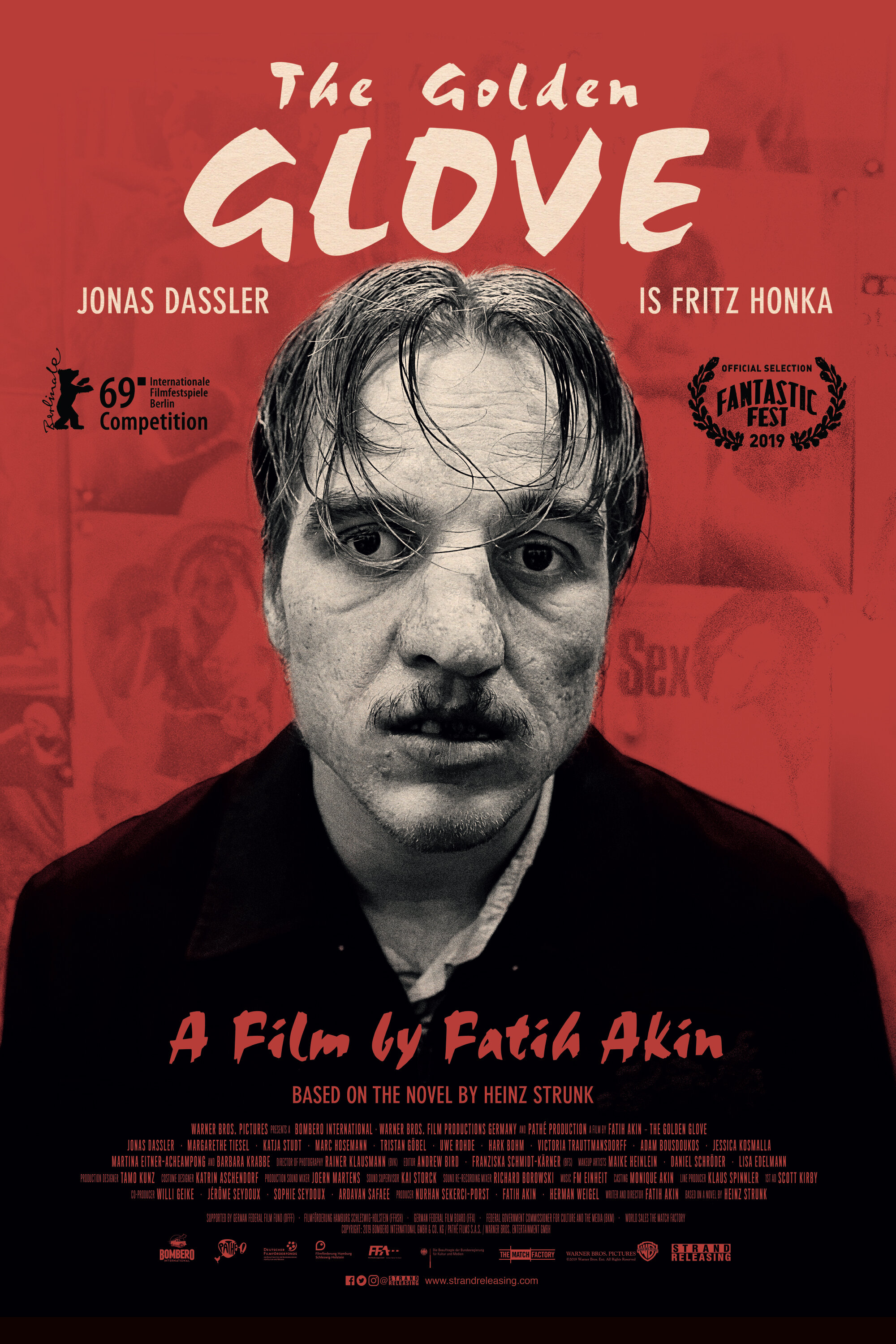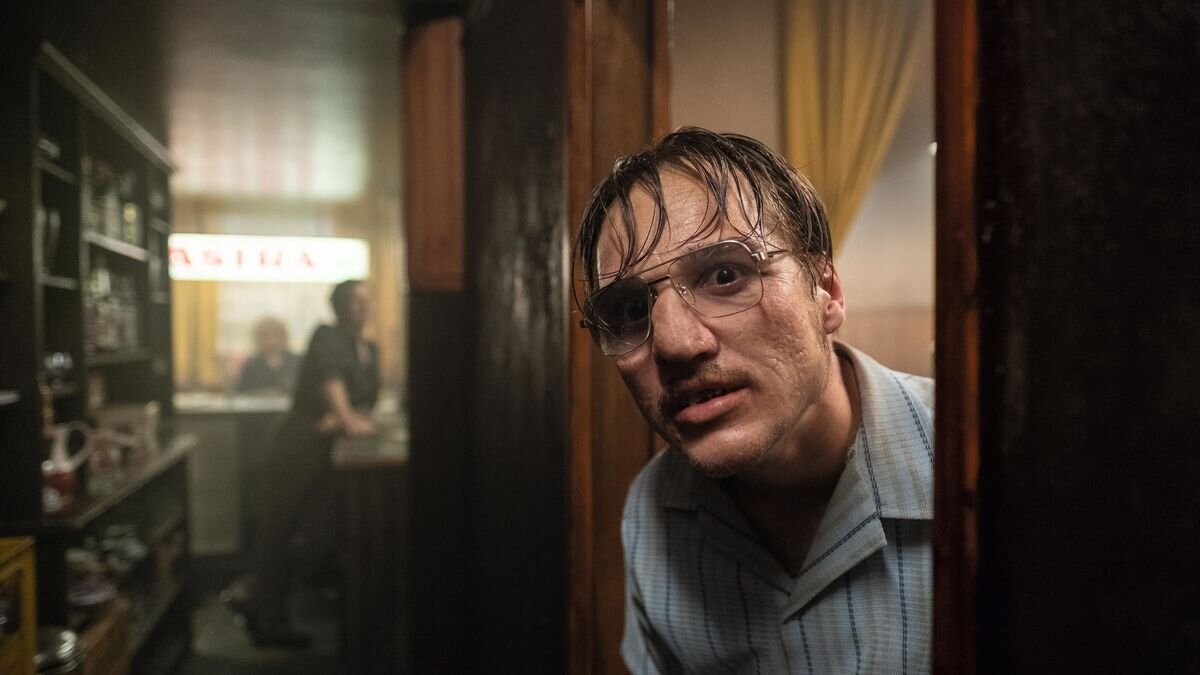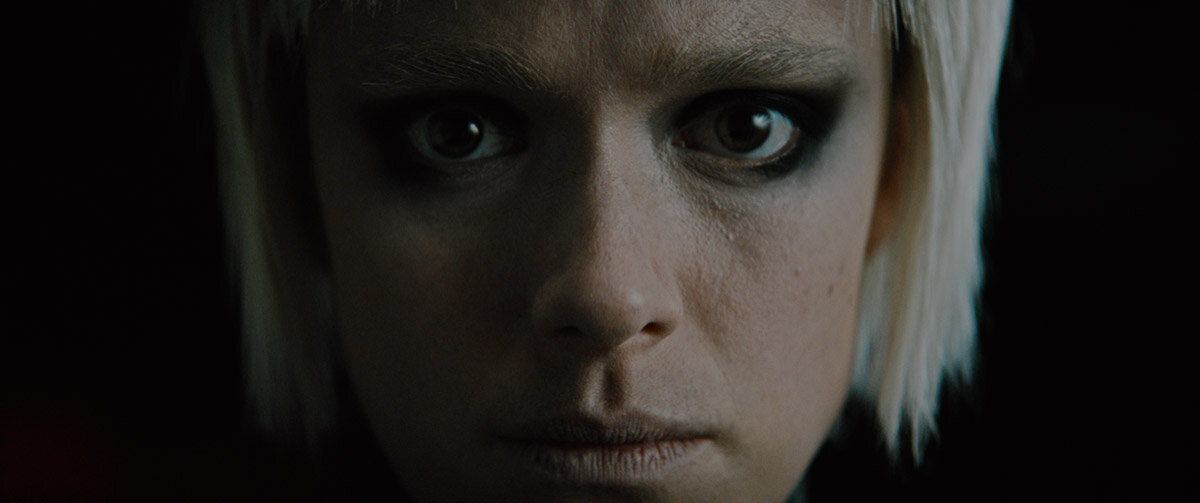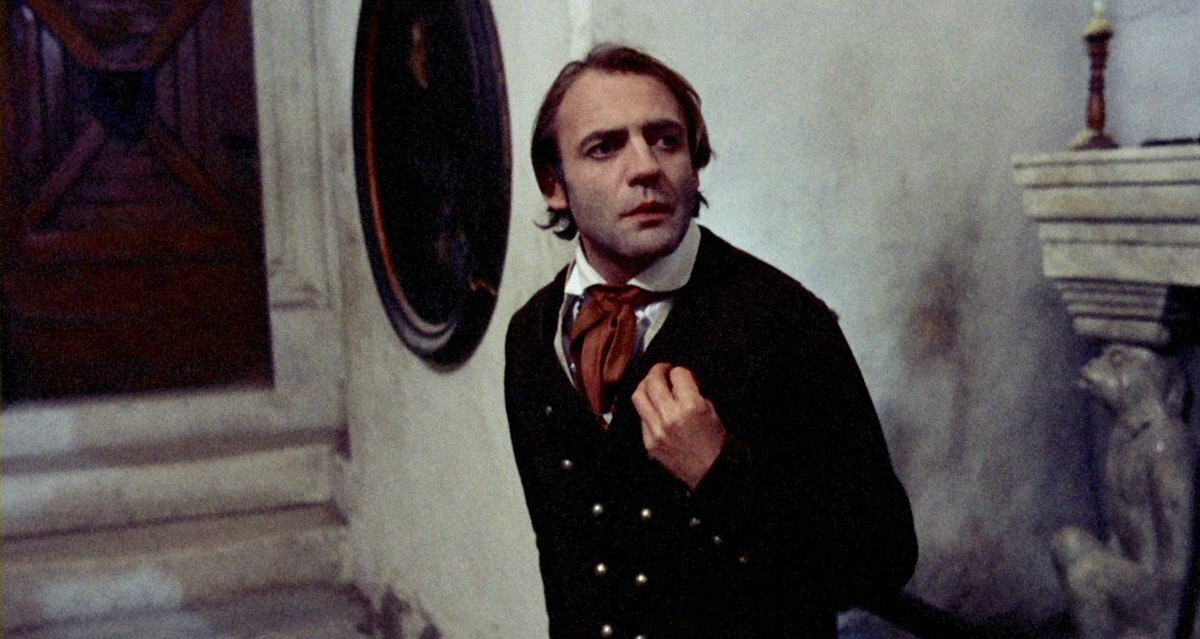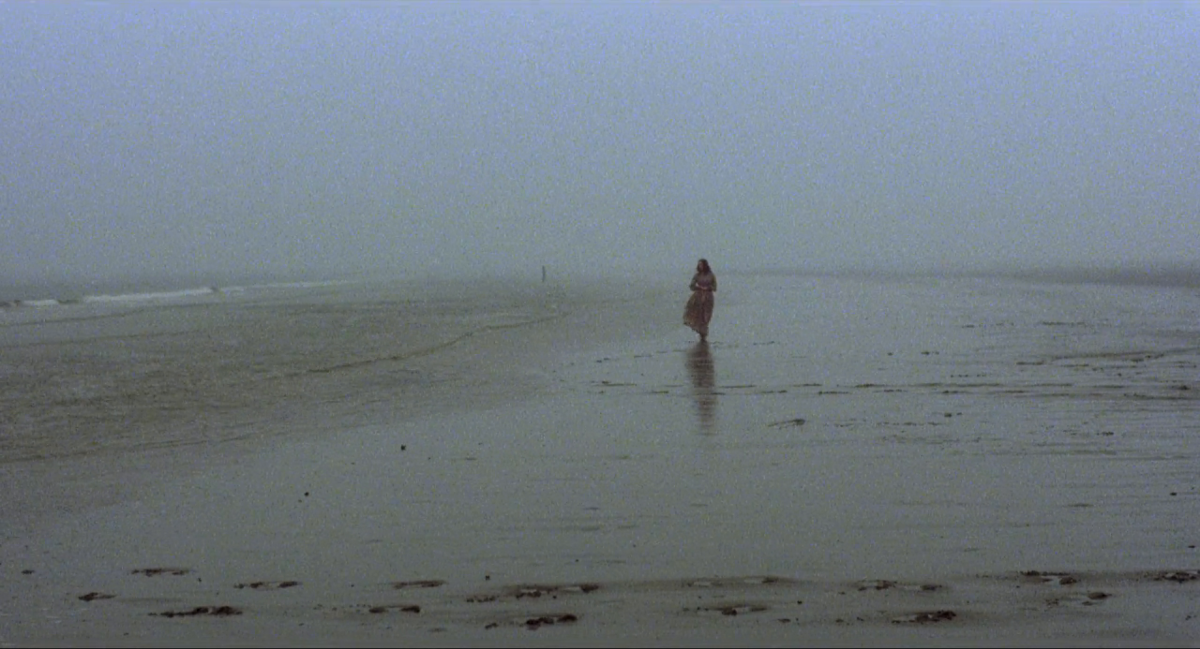USA | 2008 | Directed by Alex Gibney
Logline: A savage journey into the heart of legendary gonzo journalist Hunter S. Thompson’s passionate search for the American Dream.
From the Hell’s Angels to the streets of San Francisco, from the campaign trail of ‘68 to running for sheriff of Aspen, forging a drug-addled simpatico with artist Ralph Steadman at the Kentucky Derby, becoming Raoul Duke with Oscar Acosta as Dr. Gonzo in the desert with a saltshaker half full of cocaine, and subverting acid culture with more weird and twisted nights than you can shake a bottle-of-bourbon-a-day at, then breaking down on Paradise Boulevard, craving a perpetual running crisis to energise the writing mojo, relishing the fear and loathing on the campaign trail of 72, where the buffalo roam, and where writers become rock stars …
Having breakfast at 5pm, swimming in Zaire hotel pools giving Cassius Clay tickets away instead of rumblin’ in the jungle, then nursing ridicule and Woody Creek hangovers from a failed Rolling Stone article, rooting big for Jimmy Carter, then taking potshots in the snow with his twenty-two loaded guns, a prisoner of his own notoriety, whilst there’s two many bimbo tramps on the side, spells divorce from his wife (he was married?!, they all ask), sleeping on Jimmy Buffett’s sofa, racking up a $9000 phone bill, only lawyers, guns and money can get him out of this mess, but he always knew how he’d go out … and he did, one bright clear day with his second wife and adult son in the next room … BANG!
Whew.
Alex Gibney made the highly acclaimed documentaries Enron: The Smartest Guys in the Room and more recently Taxi to the Darkside. He knows a thing or two about constructing the facts to fit the content and arranging the content to highlight the facts … and the fiction. Hunter S. Thompson never let a good fabrication get in the way of the truth, but the truth would always prevail. Gonzo tells a riveting history of the man who straddled journalism and Americana as if it were a jeep on safari, with one hand brandishing a cocked pistol and the other clutching a margarita cocktail. Running alongside the jeep are the evil politicians and wayward celebrities desperate to have a piece of Hunter the hunter, or is it that Hunter just wants a piece of them?
If you’re keen for a bit o’ bittersweet American “folklore”, the legendary Dr. Thompson will slip you the pill. His medicine is the subversive kind and Gibney captures the irreverent and brash side of the doctor’s cult of personality – and those who indulged him and with him – with lashings of pure unadulterated style. Johnny Depp provides the narration beautifully. And in case you’re curious, the term “gonzo journalism” was lifted from an anarchic blues riff by James Booker.
Gonzo is prescribed socio-political mixology.





